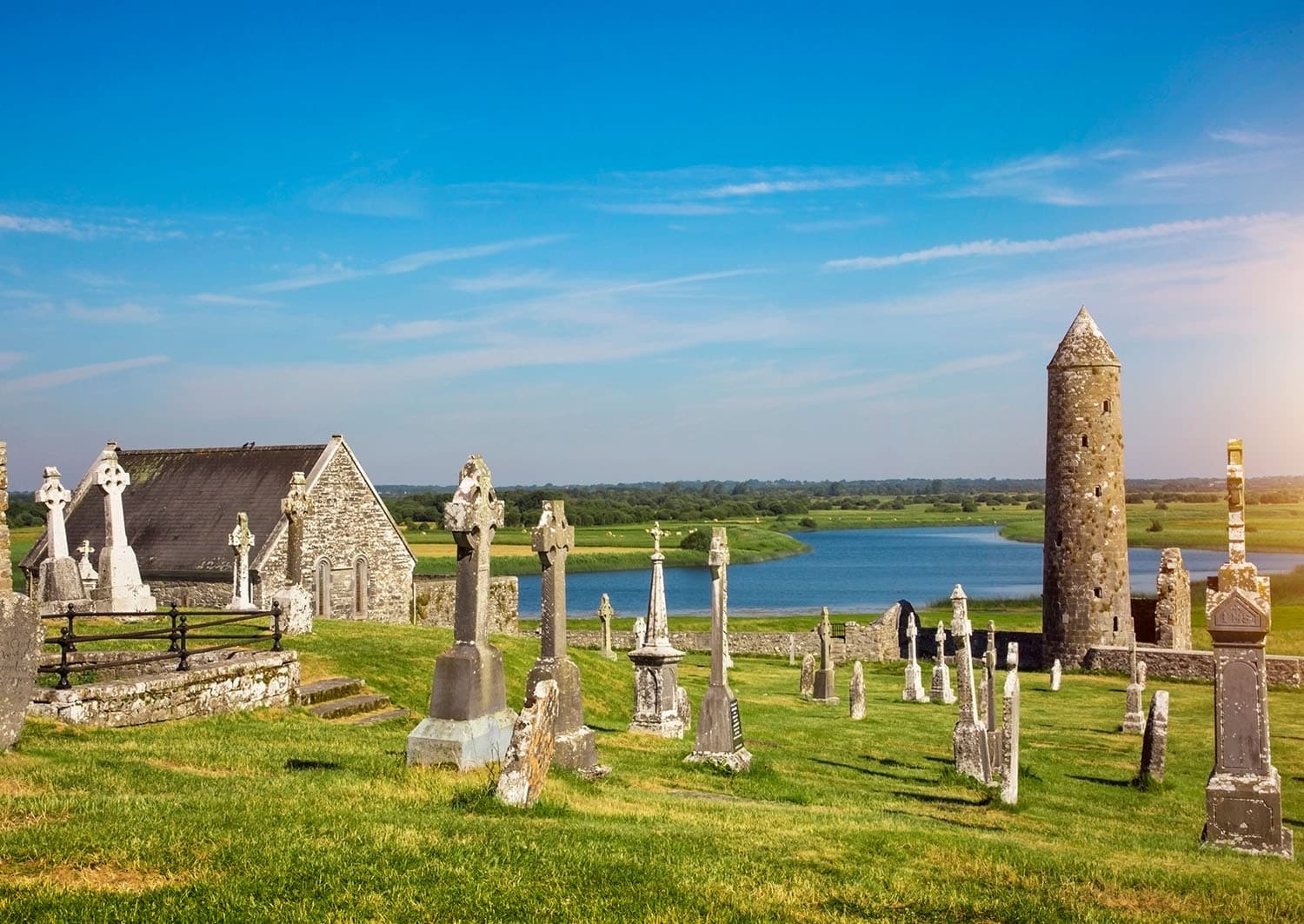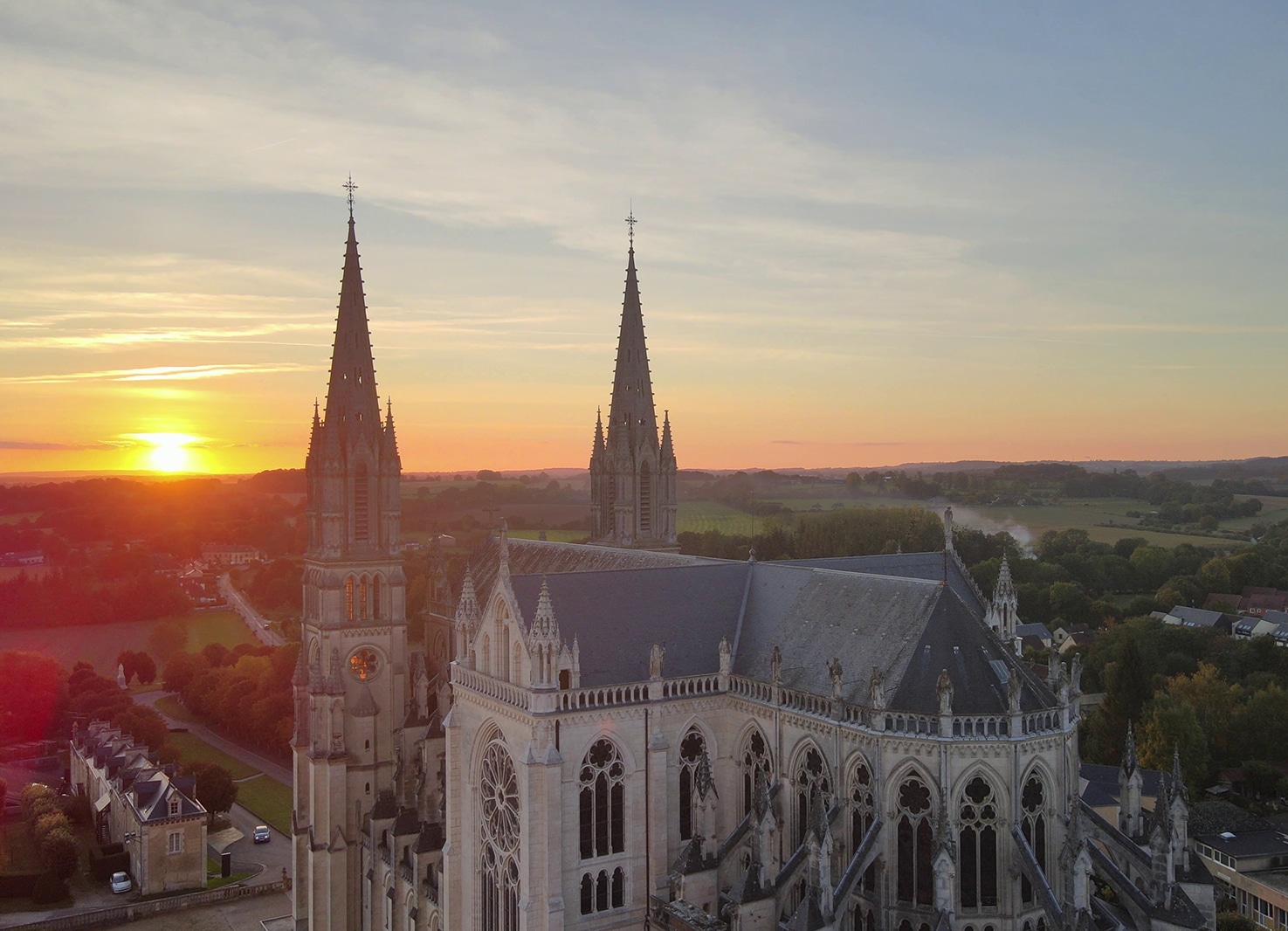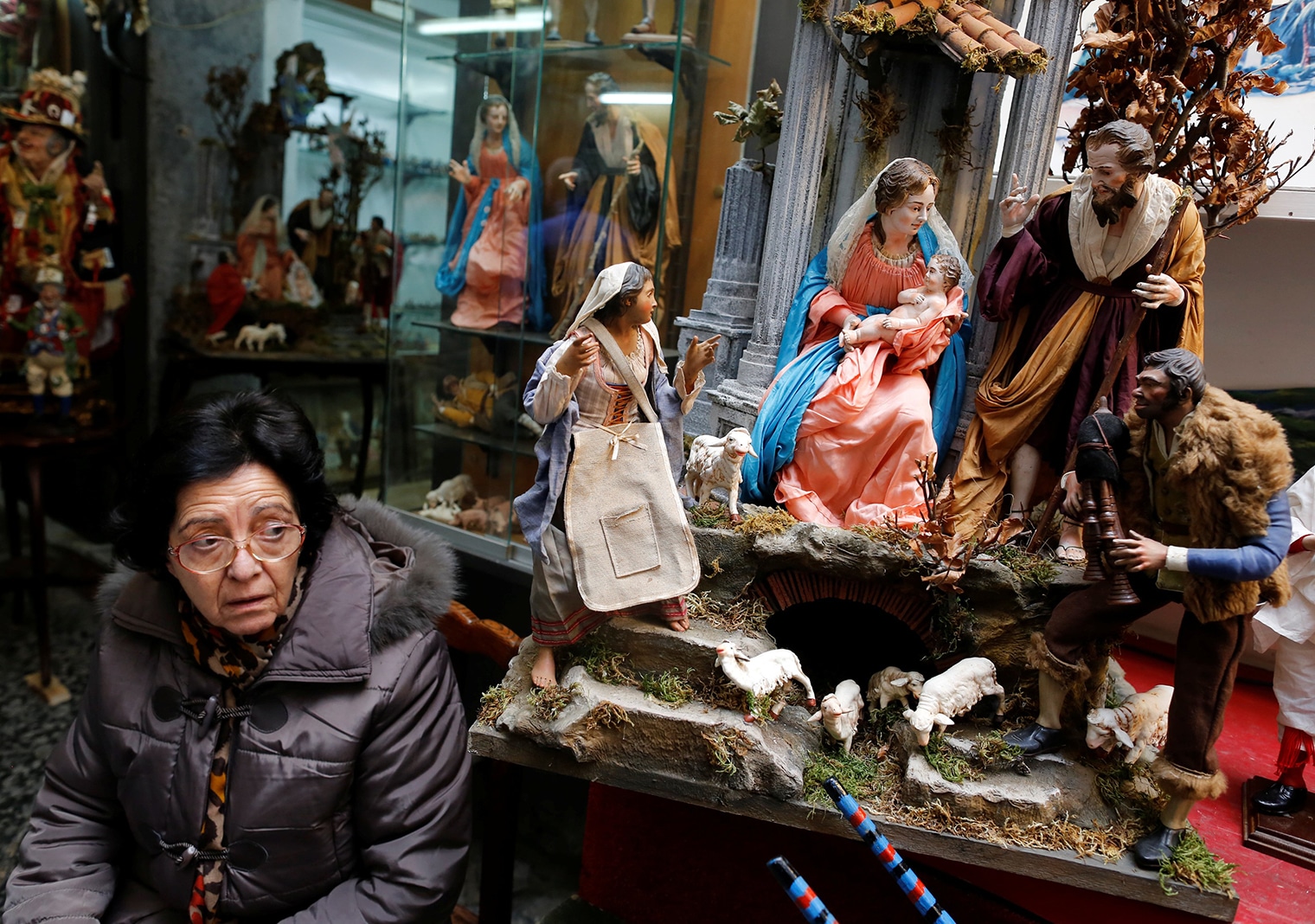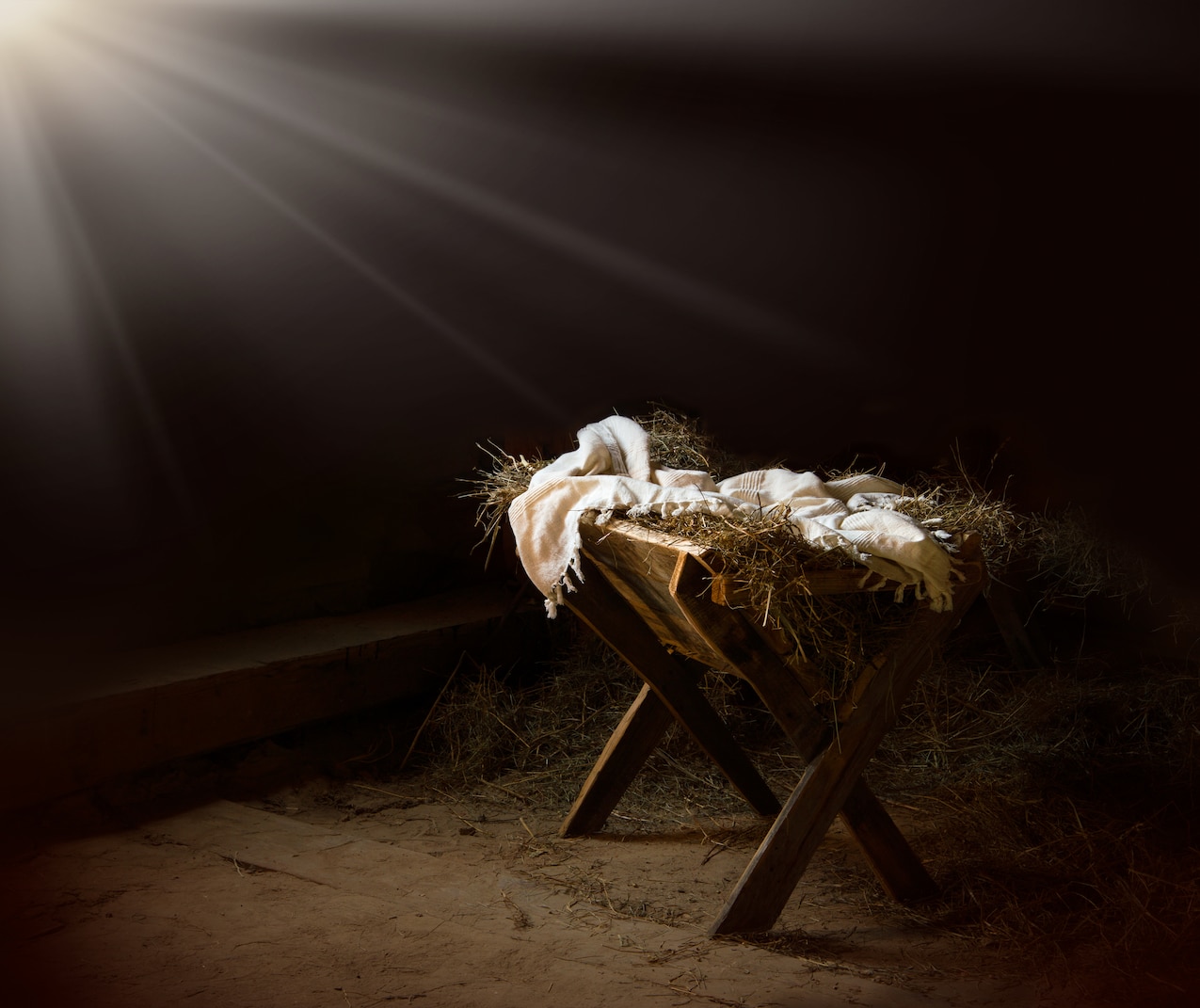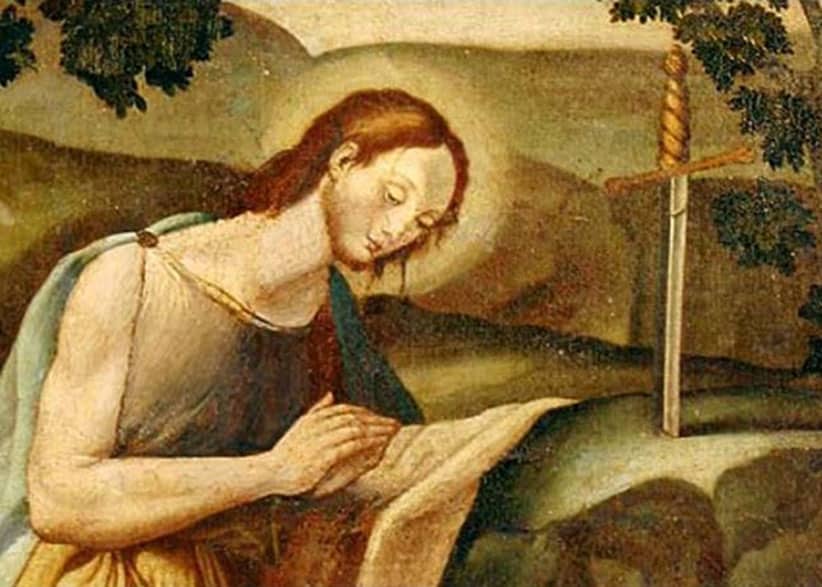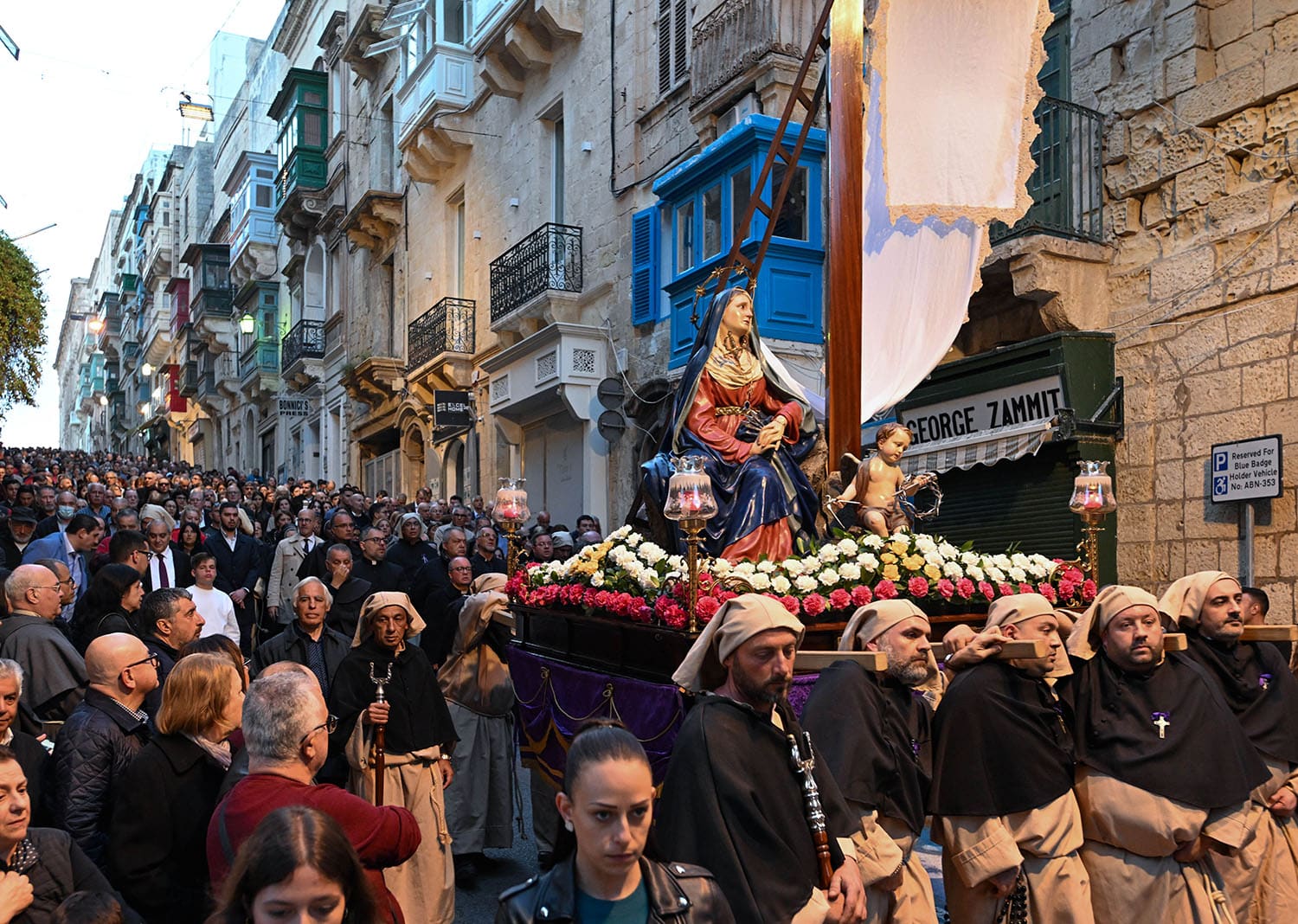On their way to Mordor, in the Lord of the Rings, Frodo and Sam forcefully relied on Gollum to cross the Dead Marshes -otherwise, they would have never made it through the reeking wetlands. Could J.R.R. Tolkien have been inspired by the eskers that medieval pilgrims used to cross the bogs in northern Europe? The similarities are surely striking.
An ice-made path
An esker is an accumulation of sand and gravel carried by glacial rivers, forming ridges of a certain length -oftentimes several miles long. They are found in the Scandinavian Peninsula, the British Isles, Iceland, and North America. But the word itself derives from the ancient Gaelic eiscir.
Lacking Roman roads, northern eskers were used as safe roads for pilgrims and travelers. Indeed, many modern roads have been laid out on top of them. In Europe, the 150 miles long Uppsalaåsen, and the even longer Badelundaåsen (going from Nyköping to Lake Siljan in central Sweden) are well known.
In Ireland, the Esker Riada (a whole system of eskers that crosses the island from Dublin to Galway) was for centuries a main route through the many bogs of the midlands — a highway of sorts joining east and west. Its ancient Irish name says it all: An tSlí Mhór, “The Great Way.”
The monastic enclave of Clonmacnoise stood at a crossroads in this Great Way. It was the very heart of Irish Christianity, and one of the most important monasteries in Europe up until the twelfth century. For almost a thousand years, pilgrims used the esker bridging the marshy areas around the river Shannon to get there.
Clonmacnoise, the “city of monks”
Nowadays, pilgrims arriving at Clonmacnoise will find but the ruins of seven churches and its striking Celtic crosses. But the monastery was for centuries the very heart of Ireland -a political, economic, and spiritual powerhouse.
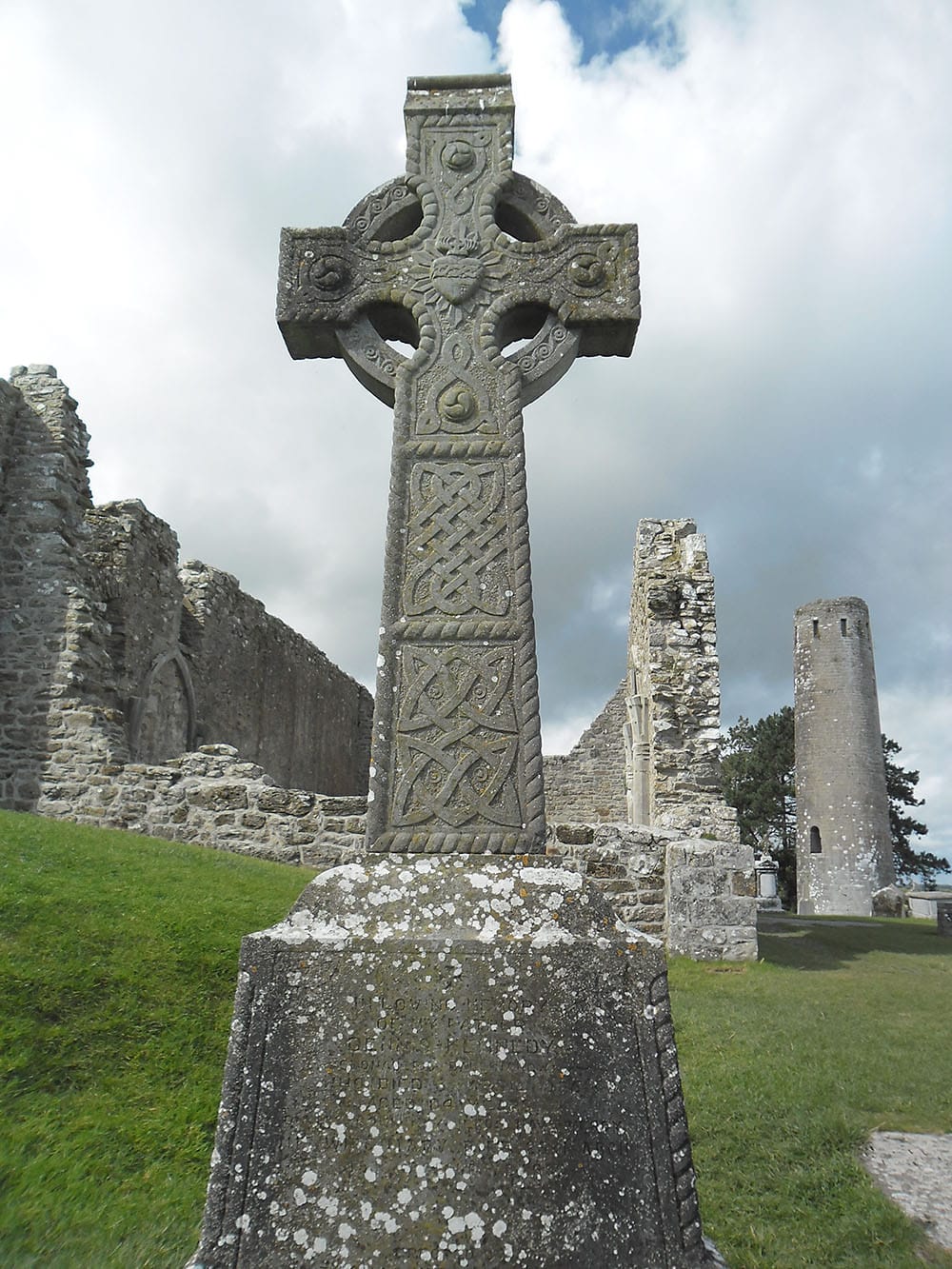
This monastic city was founded by St. Ciarán in the year AD 548, in a meander of the River Shannon, between the ancient kingdoms of Connacht and Meath. Whereas the ruins that visitors find there today are several centuries younger, the original sixth-century Clonmacnoise was a full-fledged town with wooden buildings, barns, workshops, farms and an outer defensive wall. Just a few centuries after its foundation, it was already a well-known commercial hub and a rather important center of knowledge and intellectual dissemination -its scriptorium produced the famed Annals of Tigernach, no less. The abbot’s crozier, a true medieval goldsmithing masterpiece, is kept in the National Museum of Ireland in Dublin.
Ciarán was a monk of humble origins. His given name, Ciarán Mac An tSaeir literally means “the son of the carpenter.” Sadly enough, he only lived seven months in his newly founded monastery: he died at the young age of 33. Considered one of the twelve Apostles of Ireland, St. Columba famously said that “he was a lamp burning with the light of wisdom.”
His fame spread like wildfire. So much so, that his tomb (a rather small church no bigger than 30 square feet) has been an uninterrupted pilgrimage destination for fifteen centuries -even after the English sacked it and reduced it to rubble back in 1552. In fact, thousands of people still flock to it on the occasion of St. Ciarán’s Day (on September 9). Pope John Paul II himself went there during his visit to Ireland, in 1979.
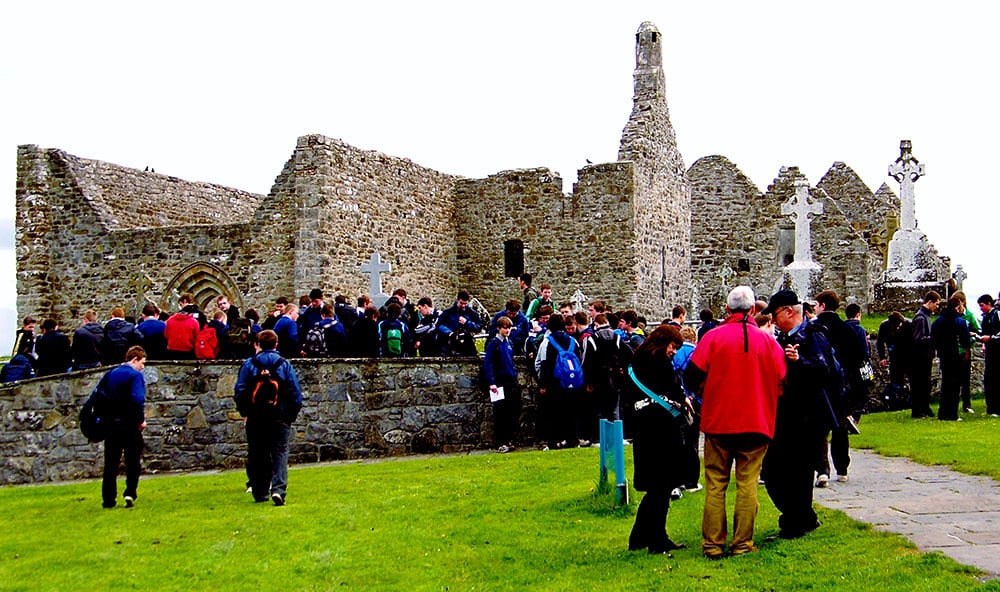
Visiting Clonmacnoise today
Pilgrims visiting Clonmacnoise today can take the last 15 miles of the old pilgrim’s path along the Esker Riada ridge. Perfectly well signposted, the road starts in Ballycumber and goes through Boher and Doon. Surrounded by marshes, the path ends at Clonmacnoise itself, where pilgrims can walk on the ancient stone tiles that once led to the monastic complex.
Spending at least an hour at the Interpretive Center is well worth it. There, visitors not only find interesting reconstructions of the original buildings (as well as detailed maps of Ciarán’s early foundation) but also the original Celtic crosses found on the site: the Scripture Cross, the Northern Cross, and the Southern Cross, featuring images of the Last Judgement, pre-Christian scenes, and the crucifixion of Christ respectively.
The ruins include the remains of a 10th-century cathedral (with an arresting carved door dedicated to Saints Dominic, Francis and Patrick); the Finghin Temple, with its circular tower, and the Temple of St. Ciarán, where tradition claims the remains of the Irish saint are buried.
This article originally appeared at Pilgrimaps.com and is reprinted here with permission.

